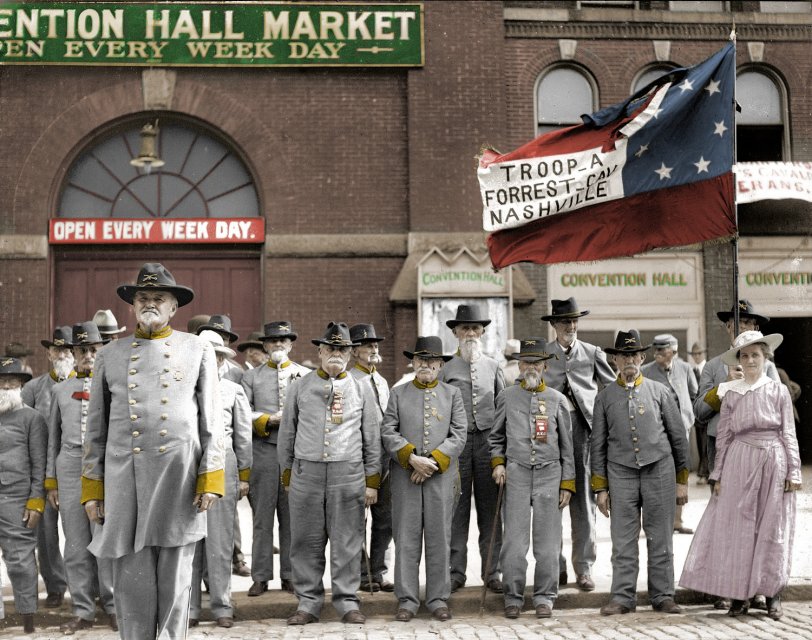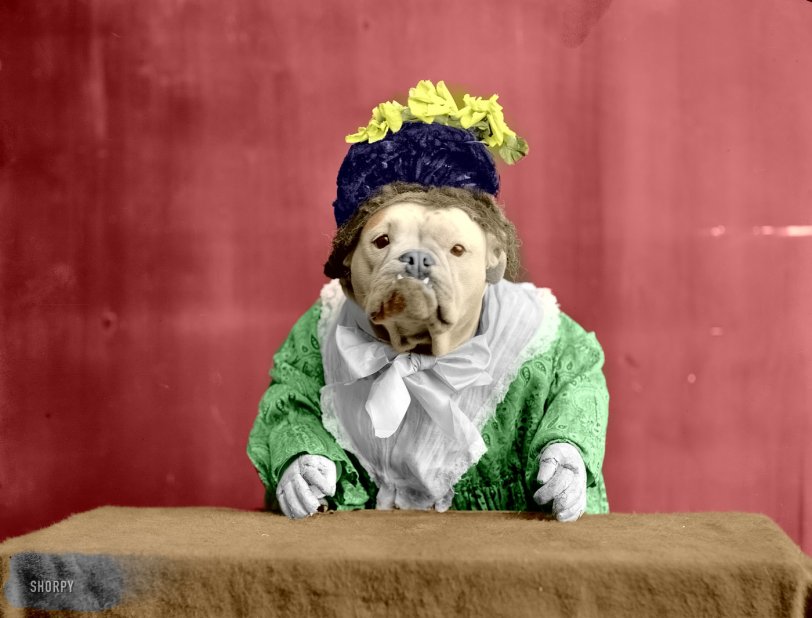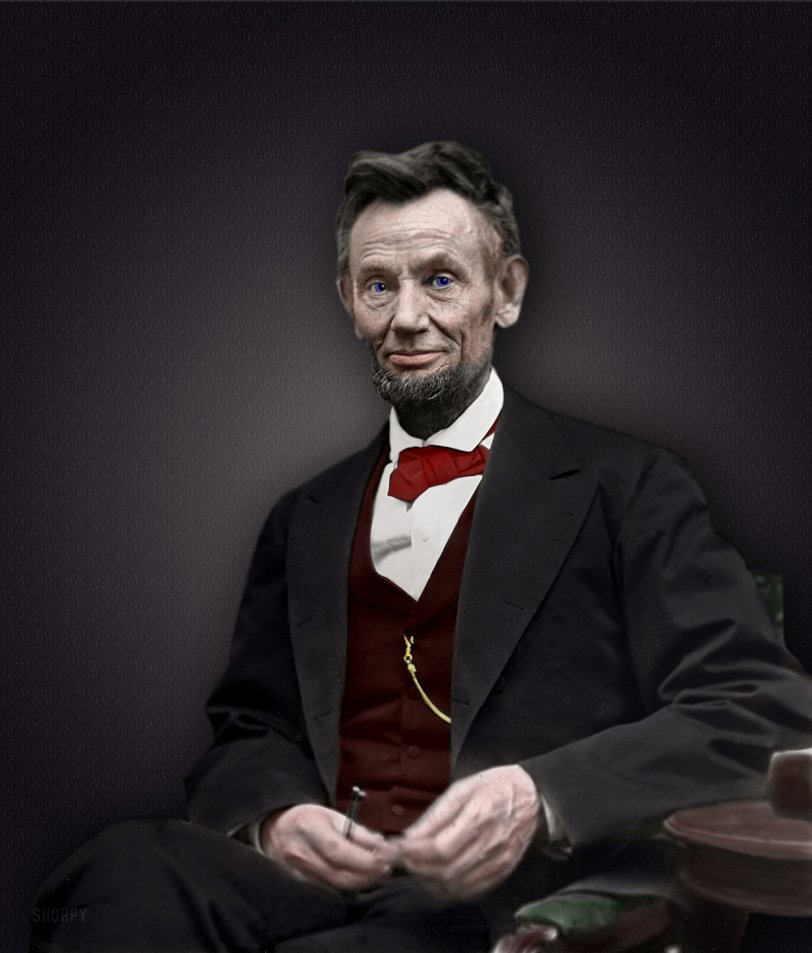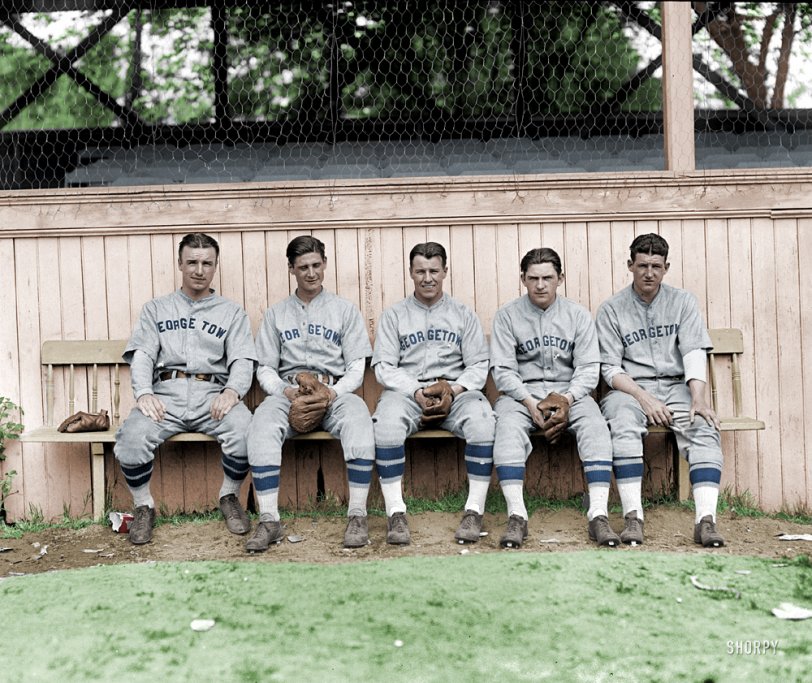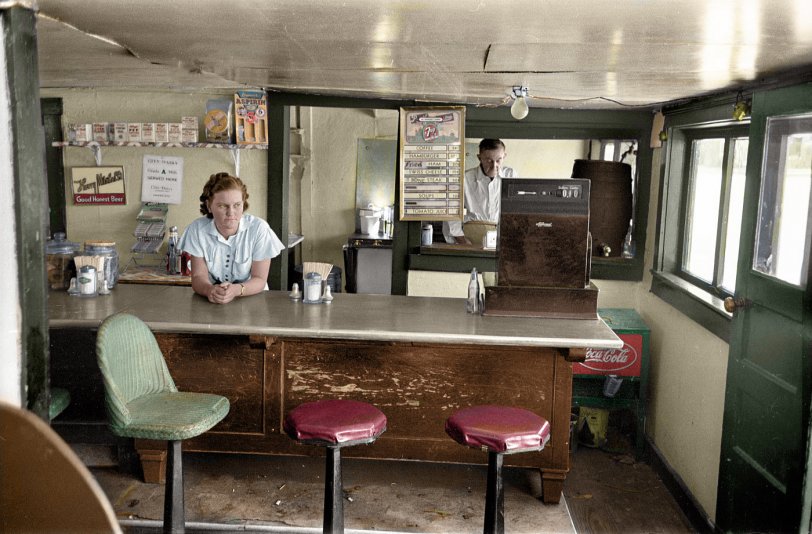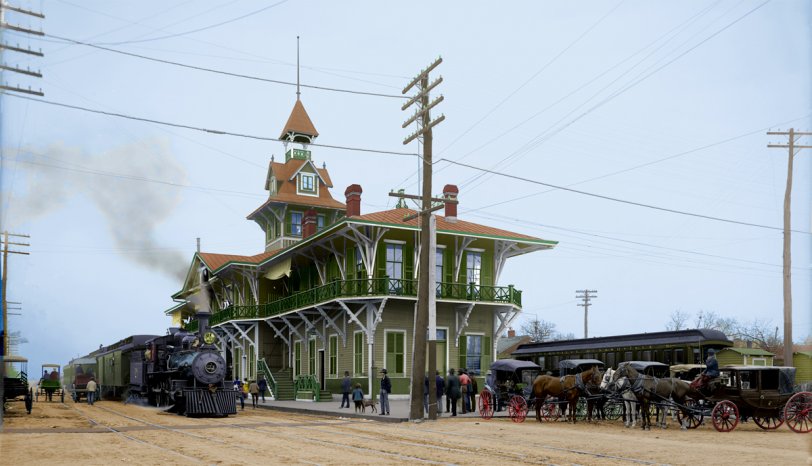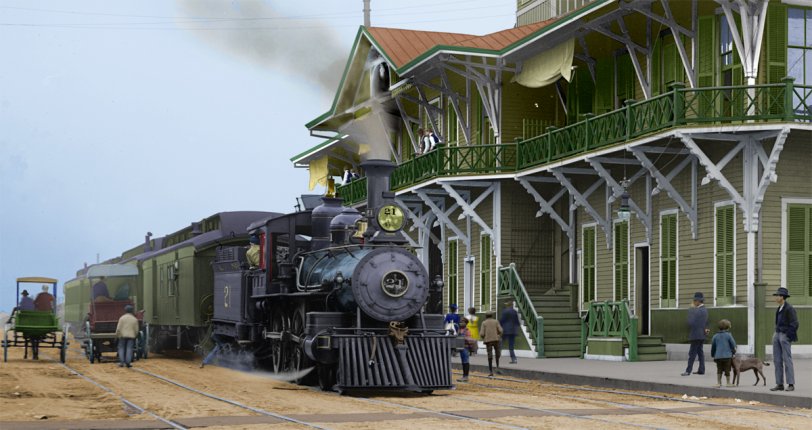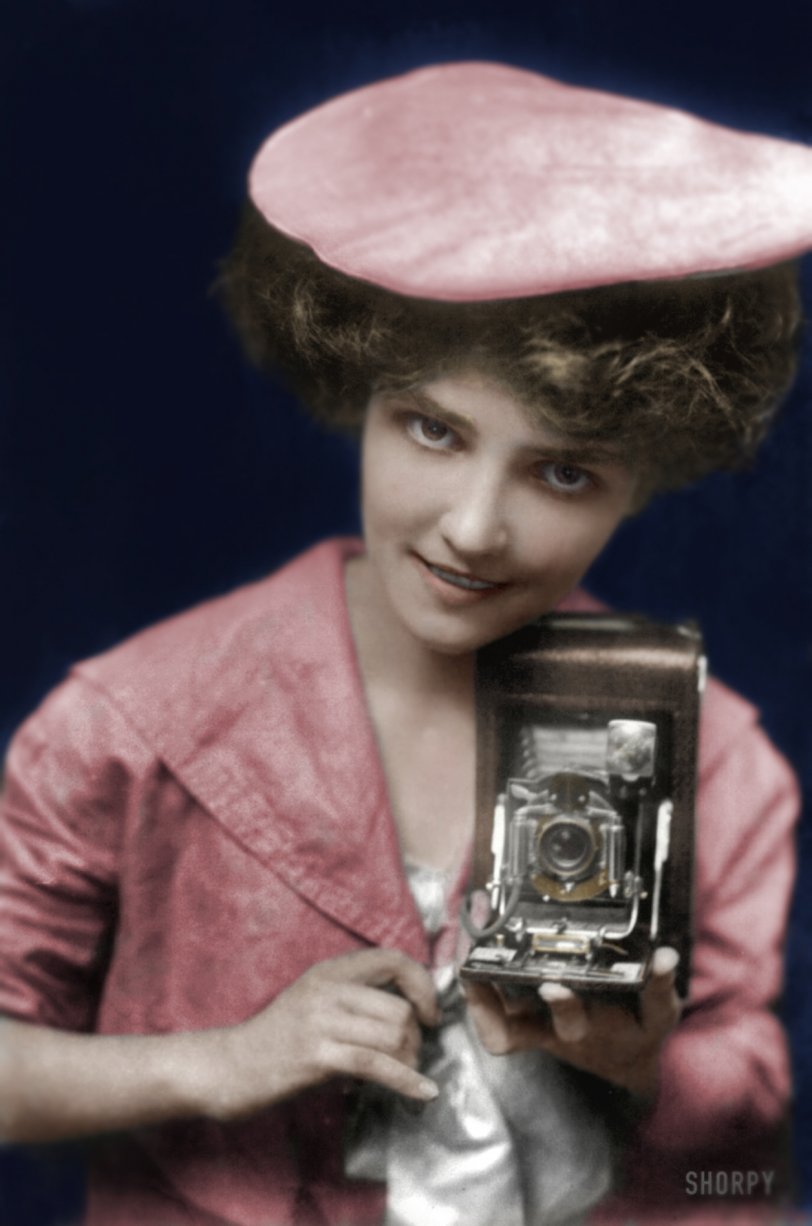


Framed or unframed, desk size to sofa size, printed by us in Arizona and Alabama since 2007. Explore now.
Shorpy is funded by you. Patreon contributors get an ad-free experience.
Learn more.

- Wagon Top!
- It really is that flat
- Now I know
- Offloaded
- "I knew I had to drive all night to stop the broad being wacked"
- The long line of cars
- First Presbyterian
- Now that's a service station!
- Union Switch & Signal
- Still there -- but not a garage any more
- Must be good breezes there
- Wowzers
- Treescaping
- Still Life With Operator
- +112
- Rear View
- Way in the back --
- Button It Up
- And with an eye on the time ...
- Working in an enclosed ashtray
- Rear View Mirror?
- Tobacco cam
- Basic fact I learned only later in life
- Put a Lid on it!
- Pinstripes in the Tower
- Sound enhancement
- 3438 in '38
- Second Career
- Their days are numbered
- Only the Sensor
Printporium
Colorized Photos
Abraham Lincoln (Colorized)
- 2 comments
- 14376 reads
The Work Of Winter's Wand (Colorized)
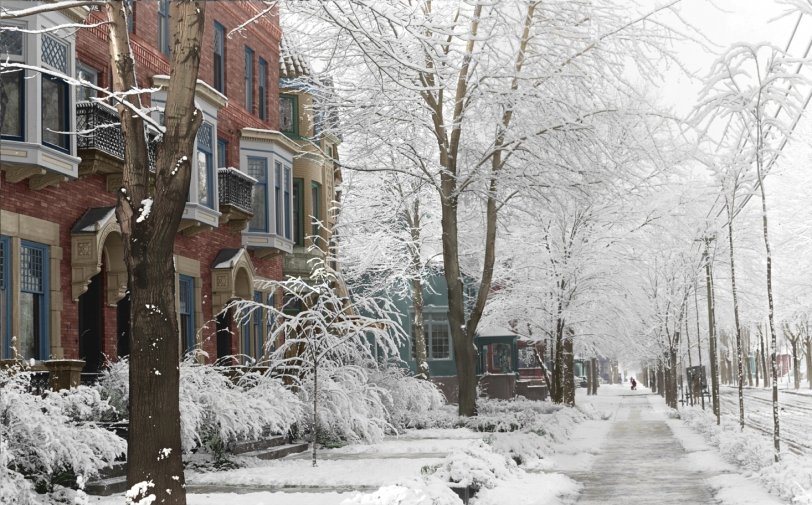
Work of Winter's Wand, circa 1907, from the Library of Congress, Detroit Publishing Collection. What better time to post this than the middle of a very hot August! View full size.
- 1 comment
- 12034 reads
Bye, Y'all (Colorized): 1939
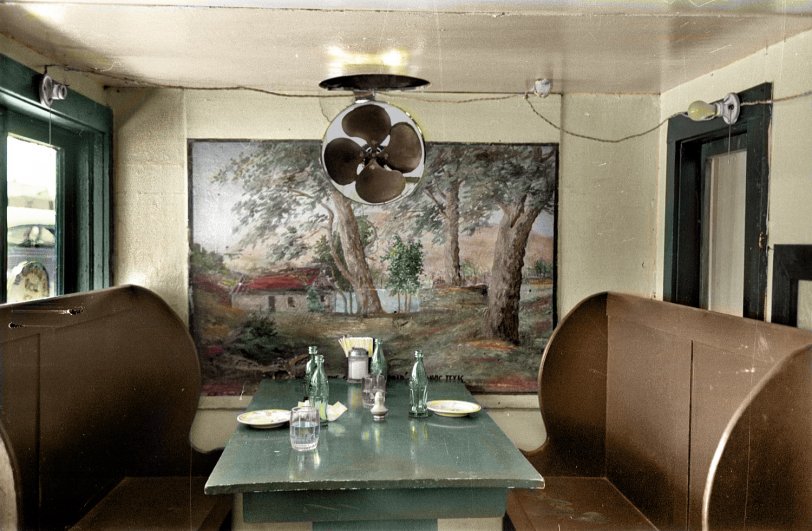
I don't think they had the steak! It also looks like you can see the footprint on the bench on the right side where Russell Lee(photographer)must have crouched back against the wall to take the T-Bone Steak shot. View full size.
T-Bone Steak 50 Cents (Colorized)
- 1 comment
- 14142 reads
Ashwood (Colorized): 1939
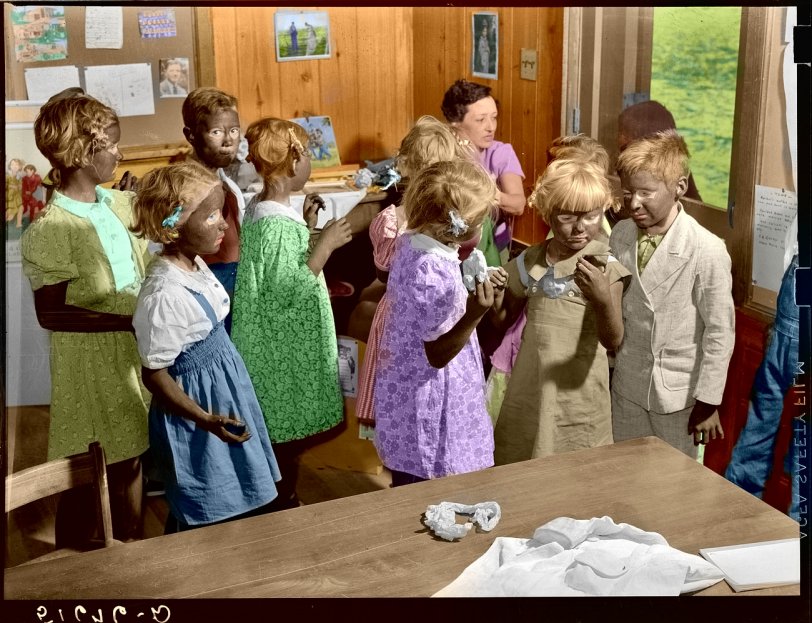
Colorized version of Ashwood, 1939.
Where do kids get these crazy ideas? From their parents, of course. View full size.
The Train in Pensacola (Colorized): 1906
- 1 comment
- 13849 reads
Silver Springs (Colorized): 1900
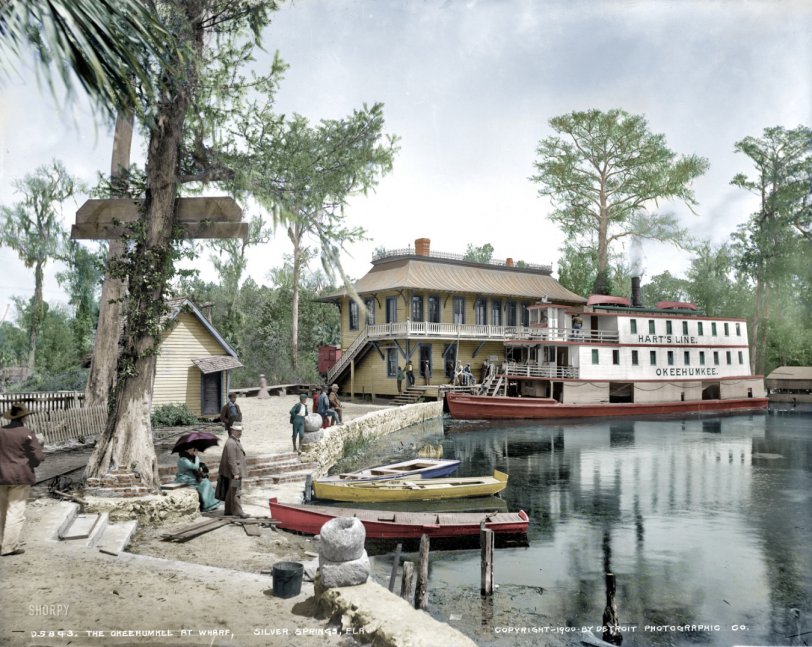
Silver Springs, Florida, circa 1900 (Colorized). "Okeehumkee at wharf on the Oklawaha River." Detroit Publishing Company glass negative. View full size
- 2 comments
- 11782 reads
Downtown Atlanta (Colorized): 1864
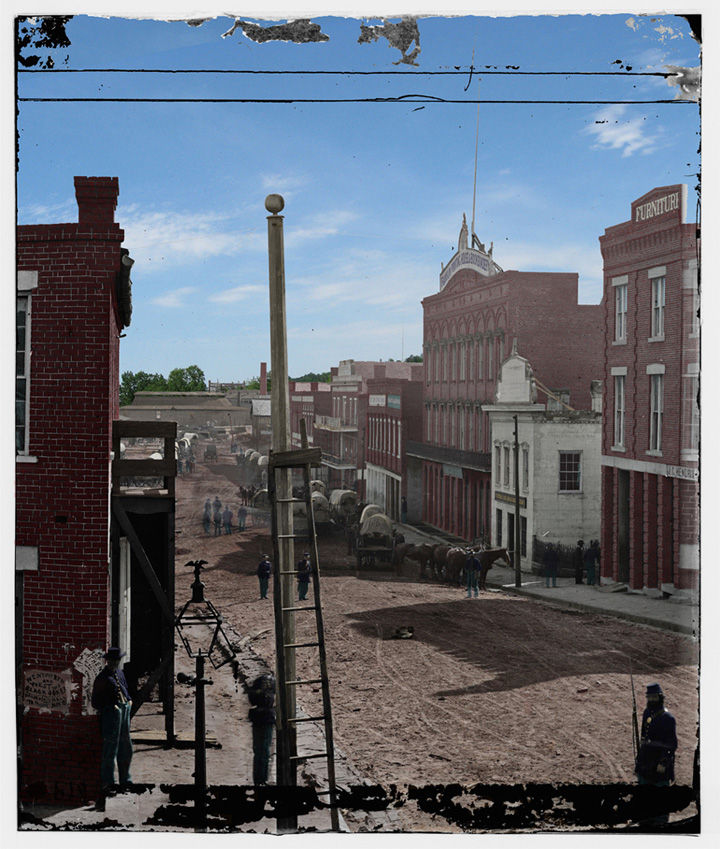
This is my attempt at colorizing George N. Barnard’s photograph found on the Library of Congress’s Web site - Digital file from original negative of right half.
The title is “Atlanta, Ga. Wagon Train on Marietta Street”; however, this is in error. In fact, it was probably taken from the upper floor of a building at the NW corner of the intersection of Whitehall (now Peachtree) and Alabama Streets looking SE down Alabama. (See details in “Mapping Barnard's Alabama Street” at Bing map)
The lamppost in the foreground is almost certainly the one from which a cannon ball ricocheted killing Solomon Luckie on 8/9/1864. Luckie was a free African American barber, and the Lamppost is still standing with reinforcements placed over the shell damage in Underground Atlanta. There are still some refinements that I would like to make to this image, but the file is so large my computer – or my old version of Photoshop – won’t take any more changes. View full size.
Indians... Back to the Future
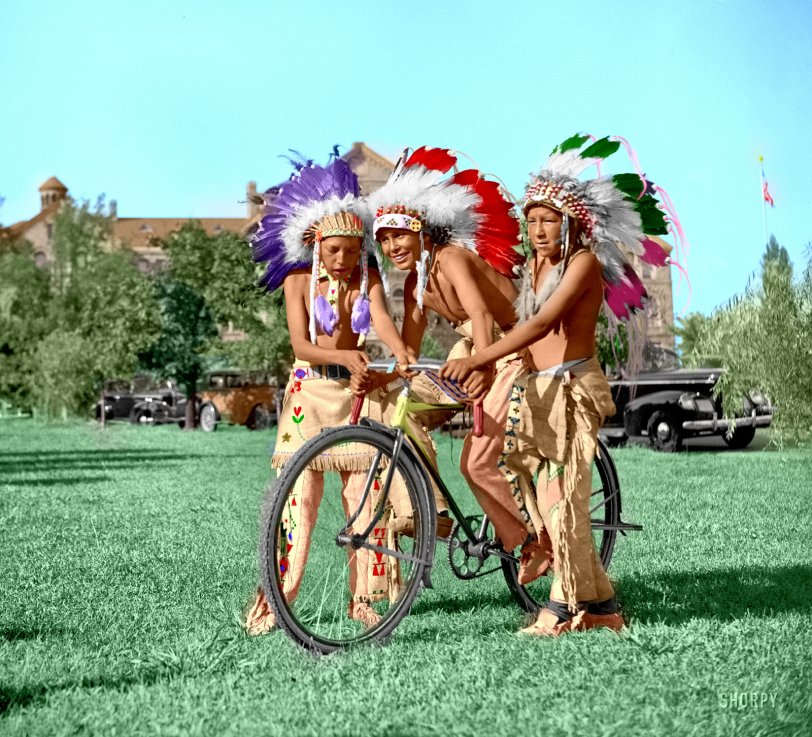
A photo found here on this site and colorized.
I "think" the original photographer was trying to make a statement about the young American Indians of their day, looking to the future and using a modern machine to do it.
The only problem is, that only one looks like he might be a native American Indian. There are three of them and only one bike so I don't think they are not going to get very far. And there were cars during the time of photography, but the white man is not parting with something like that.
At least that is what I took away from the photo.
Other than that, it is a very nice photo.
I use bright warm colors almost always, so you know the photo has been colorized. Colorization gives a surreal quality to the work. I rarely try and make the colorization process look natural. Sometimes the photo calls for nothing natural to be done at all.
I am always looking for interesting photos to colorize. They usually have to be of very strange events, things we have never seen before. We see photographs all day long, so the only photos that catch my attention are of things we "don't" see everyday.
I do a lot of "vintage" nudes and erotica. It is interesting to see and we sometimes forget that even if it was 100 years ago, we are all basically the same animals then and now.
Steeplechase Park (Colorized): 1903
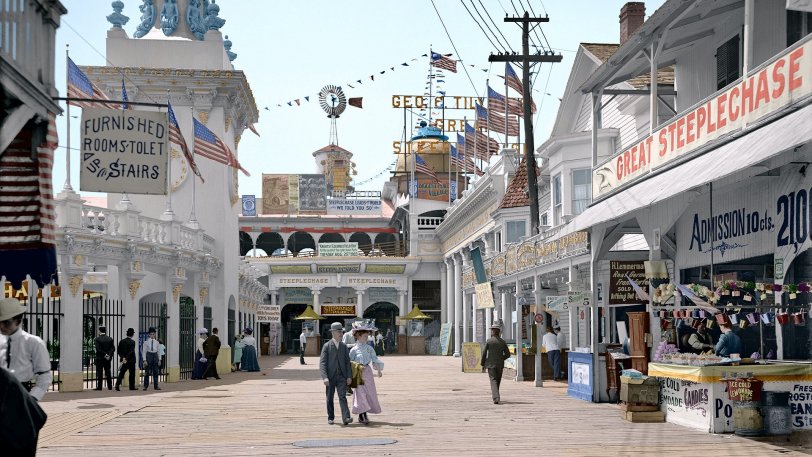
My fifth colorized image, but instead of Atlantic City, this time it's Steeplechase Park at Coney Island. Around thirty hours of work went into this one; I swear I still can't predict with any degree of certainty how long any particular picture might take. "Longer than you expect" is probably a good rule of thumb.
The original is here. The dimensions are different, as I've cropped it to serve as computer wallpaper.
I'm pretty sure the colors on the American flag are more or less correct. And the skin tones are probably reasonably close. The boardwalk probably really was brown and the sky probably really was blue. The other colors are sourced purely from my imagination. View full size.
- 44 comments
- 46414 reads
The Kodak Girl (Colorized): 1909
- 1 comment
- 10510 reads
























